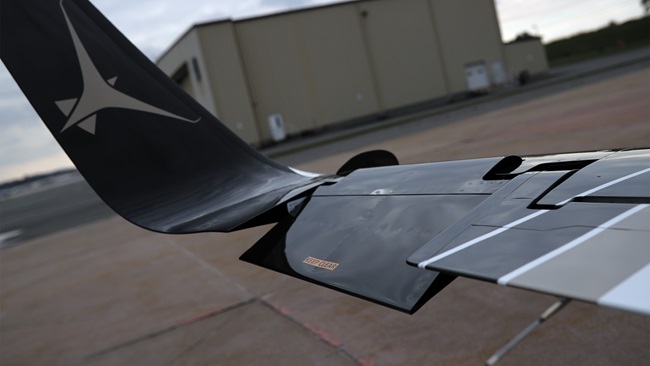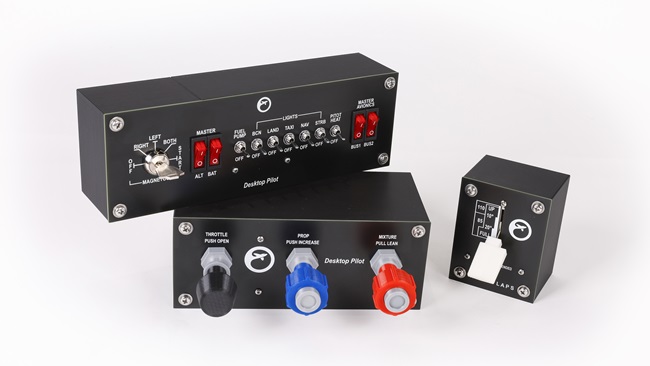New parachute for drones hits market
A parachute made for multirotor drones was unveiled May 9 with a promise to protect people and property below, as well as the aircraft and payload, more reliably.
Alan Erickson, president and CEO of a startup called Indemnis, said the effort to make a better and more effective parachute for drones began with some tough luck. Erickson has flown drones for television production, and lost more than one.
So two and a half years ago he gathered a crew and set out to build something better, and the Nexus Recovery System for multirotor drones is the product of that effort. The company officially launched the system May 9 during the Association of Unmanned Vehicle Systems International Xponential conference in Dallas, and Erickson and his staff were set up to greet the curious in the exhibit hall.
The Nexus Recovery System packs a parachute into a tube, and deploys it with compressed air when needed, at 90 mph. A sheath extends from the tube to protect the shrouds from spinning propellers and the aircraft body, and proprietary electronics installed inside the aircraft sample flight data every 200 milliseconds and trigger the parachute launch almost the instant there’s a problem. Erickson said the company tested the system in up to 40-mph winds, and with virtually every failure mode possible—including single motor failures, multiple motor failures, and both hovering and full-speed forward flight. He said the system has yet to fail in its mission during those tests.
“It only needs six feet of vertical movement to detect the difference between flight and failure,” Erickson said. He said years of rigorous tests, in all types of failure modes and attitudes, confirmed that this is one parachute that will not tangle, and that the canopy will inflate very rapidly. The company posted a video showing the system in action.
The Nexus Recovery System is available for DJI Inspire 1 and 2 models, as well as the Matrice 200 series, and the larger FreeFly Alta 6 and 8 camera drones. Prices range from $1,699 to $2,999, and orders are being accepted online. Erickson said he plans to make the first deliveries in October.
Nexus went on sale just weeks after an FAA research report on the risks associated with ground collision and flights over people made a strong case for parachutes being an essential element of safe drone operations over people, though the FAA has not proposed or adopted performance-based standards for drone parachutes. Erickson said there’s a solid case for using the Nexus system, with or without buy-in from regulators.
“Being a responsible pilot is the key for us,” Erickson said.
The Nexus system requires one-time installation of on-board electronics, which Erickson said can be accomplished in about 15 minutes. If deployed, it must be returned to the factory for service and repacking. Erickson said that’s also a selling point because it ensures that experts will handle this critical task when needed.




